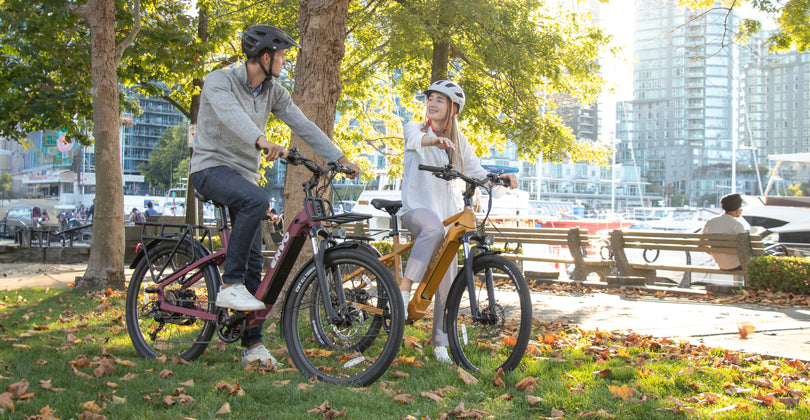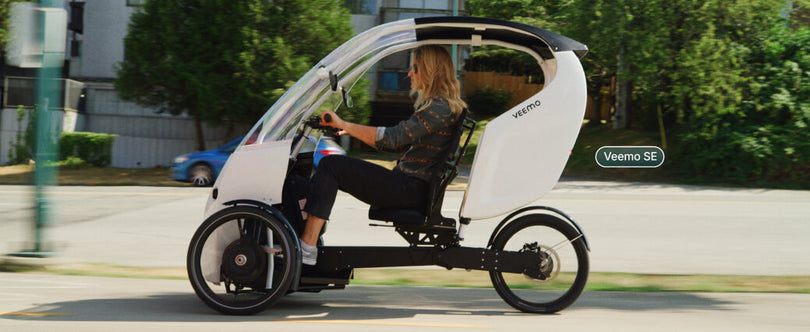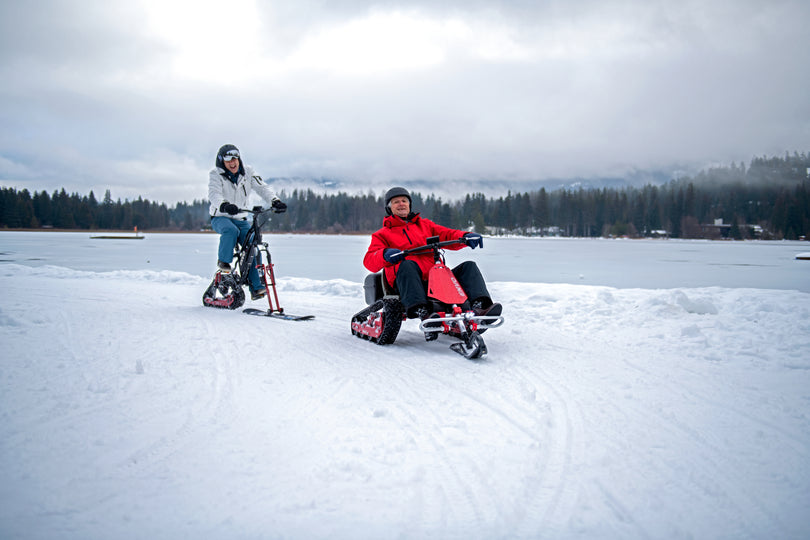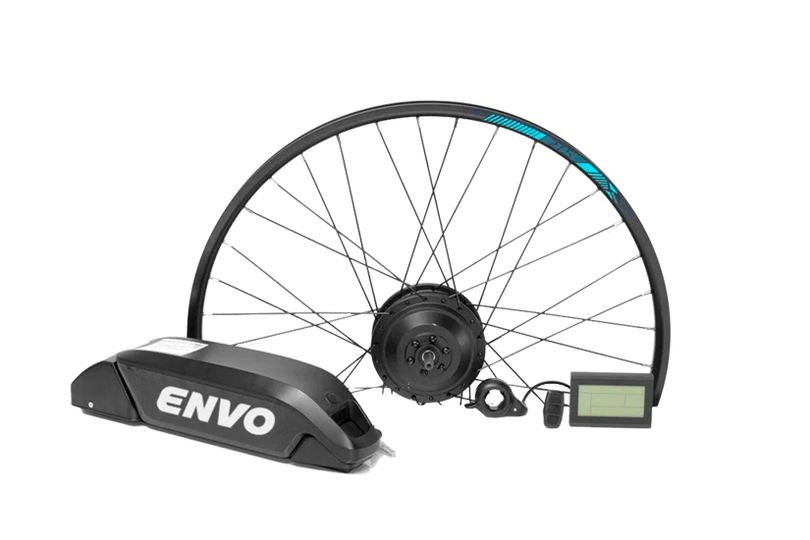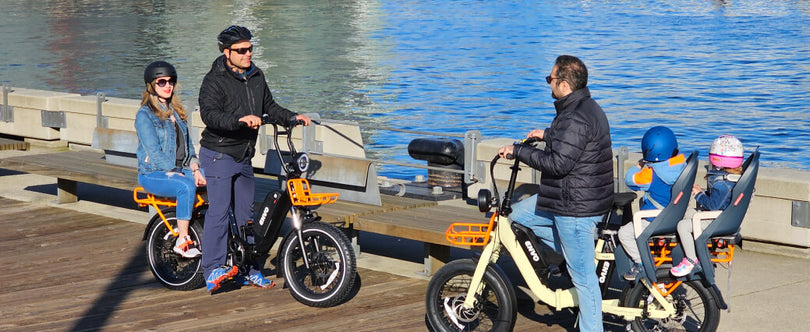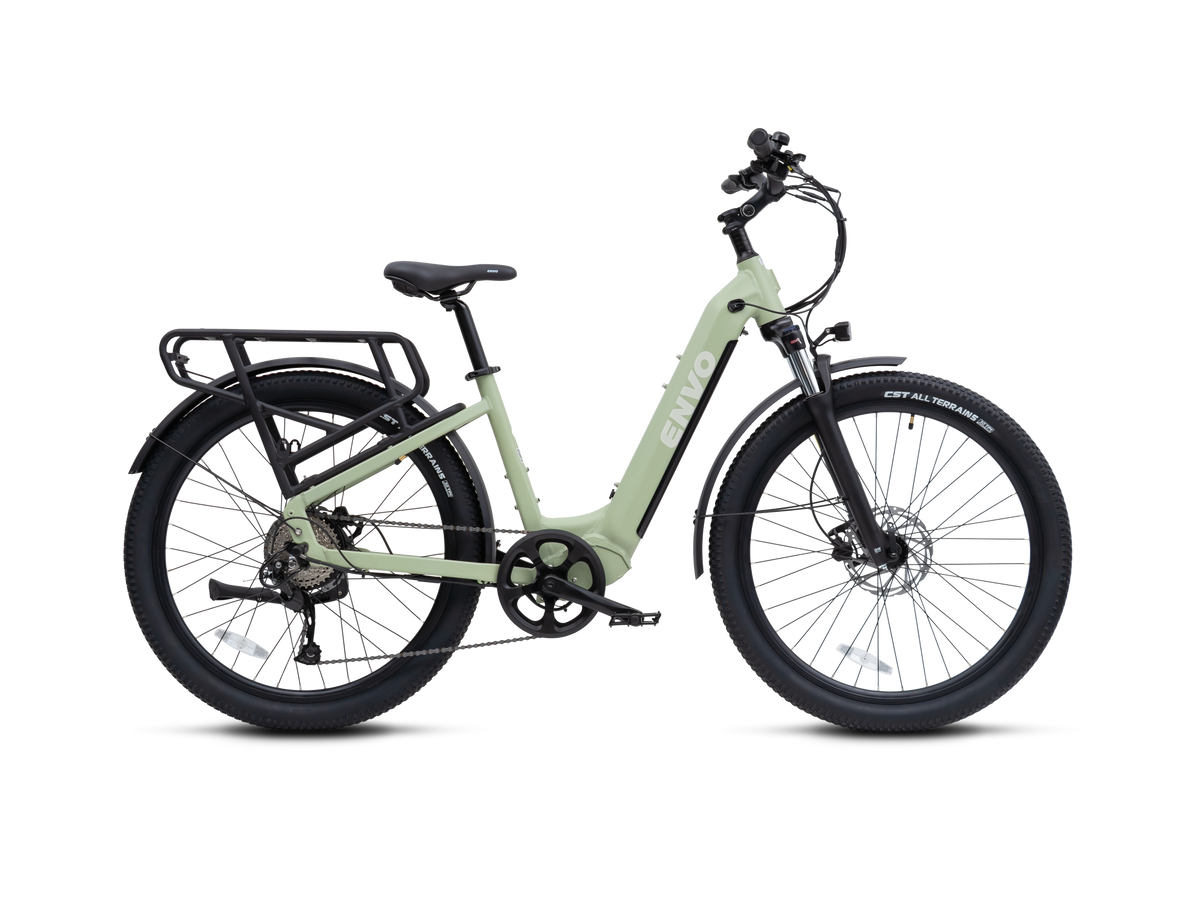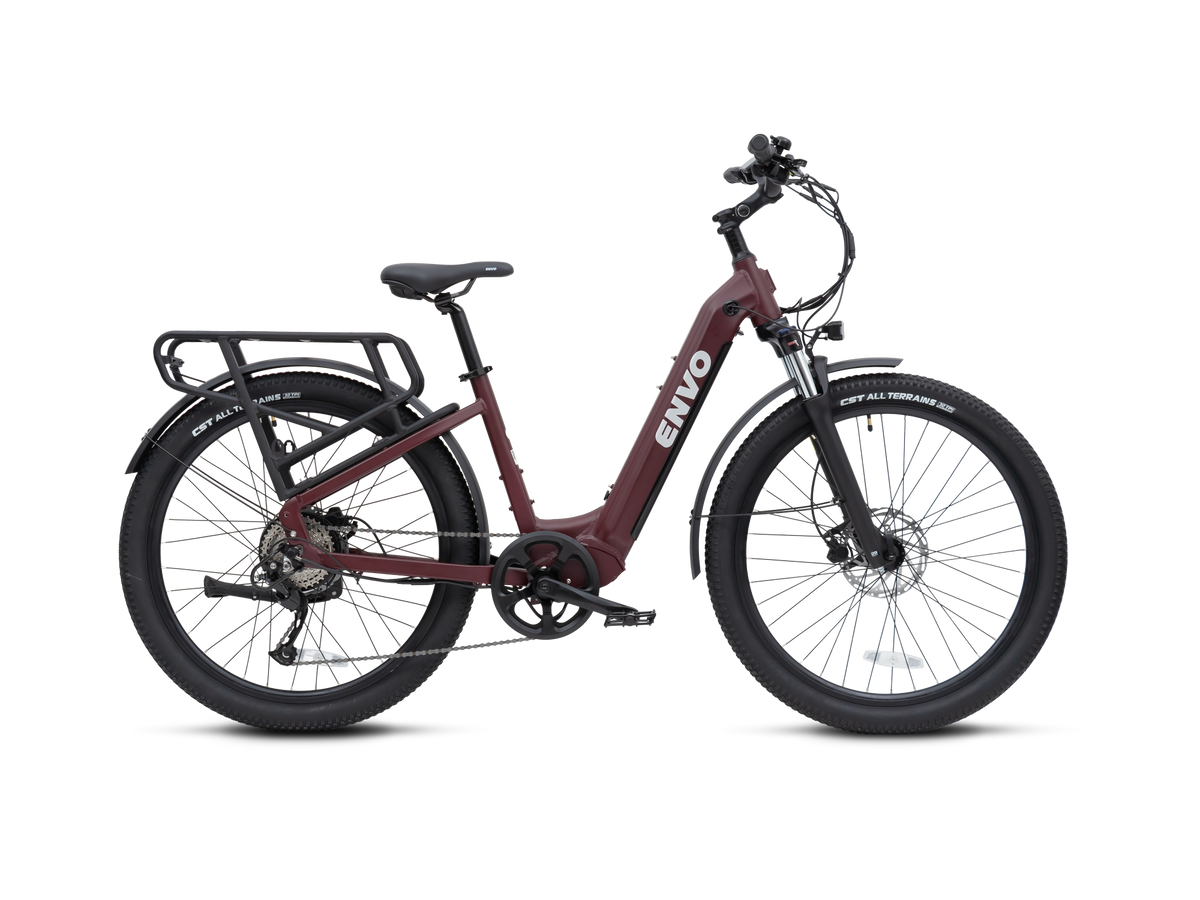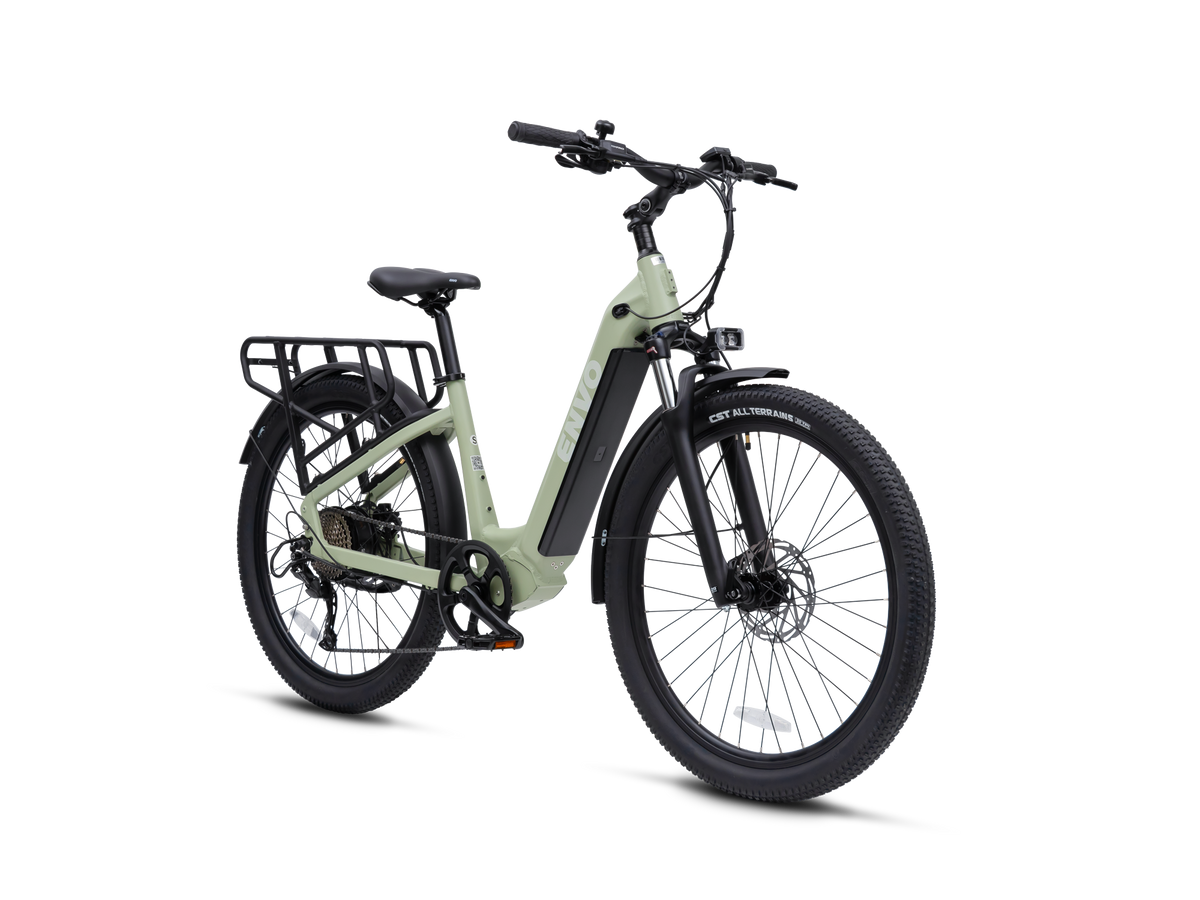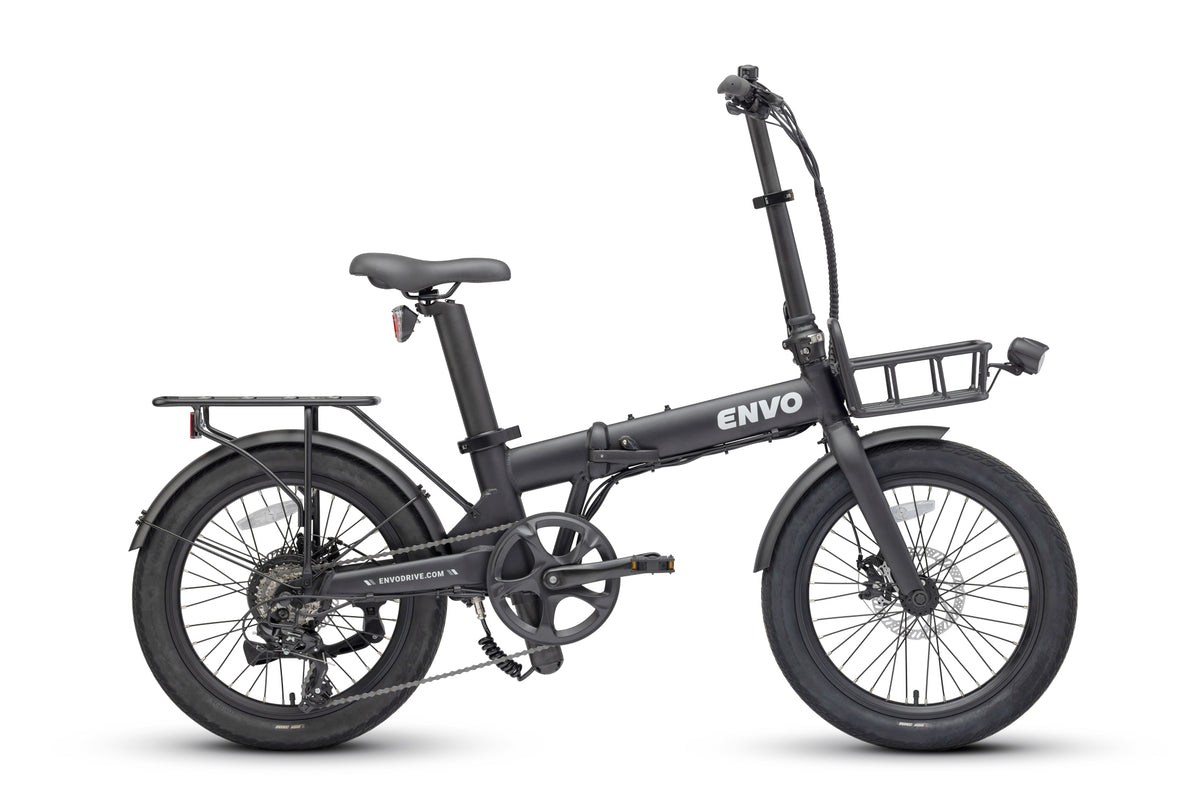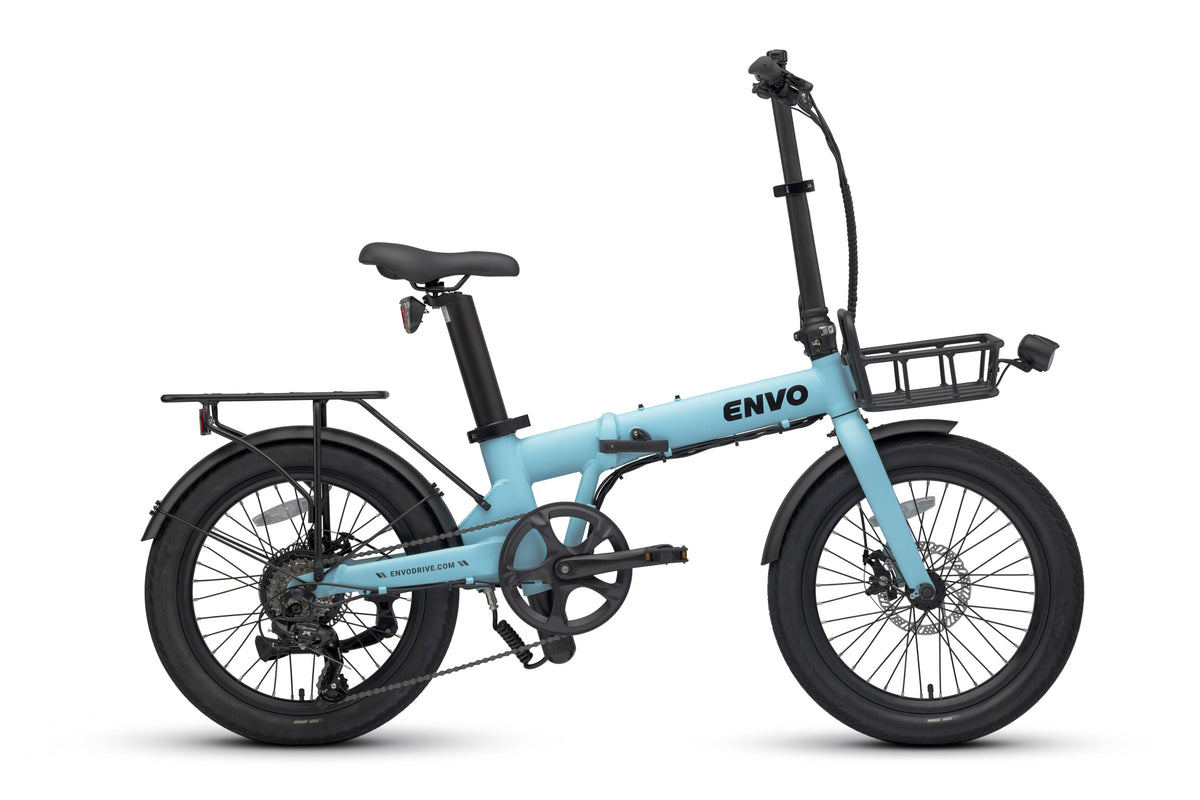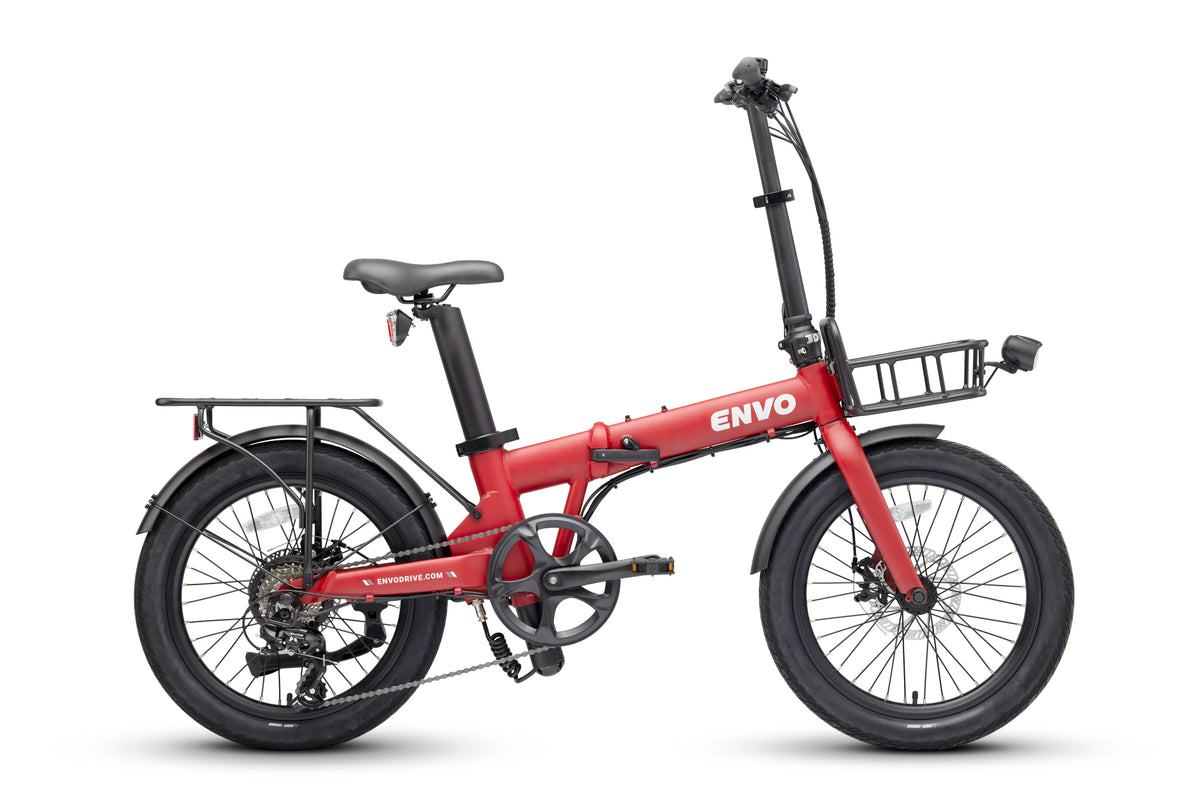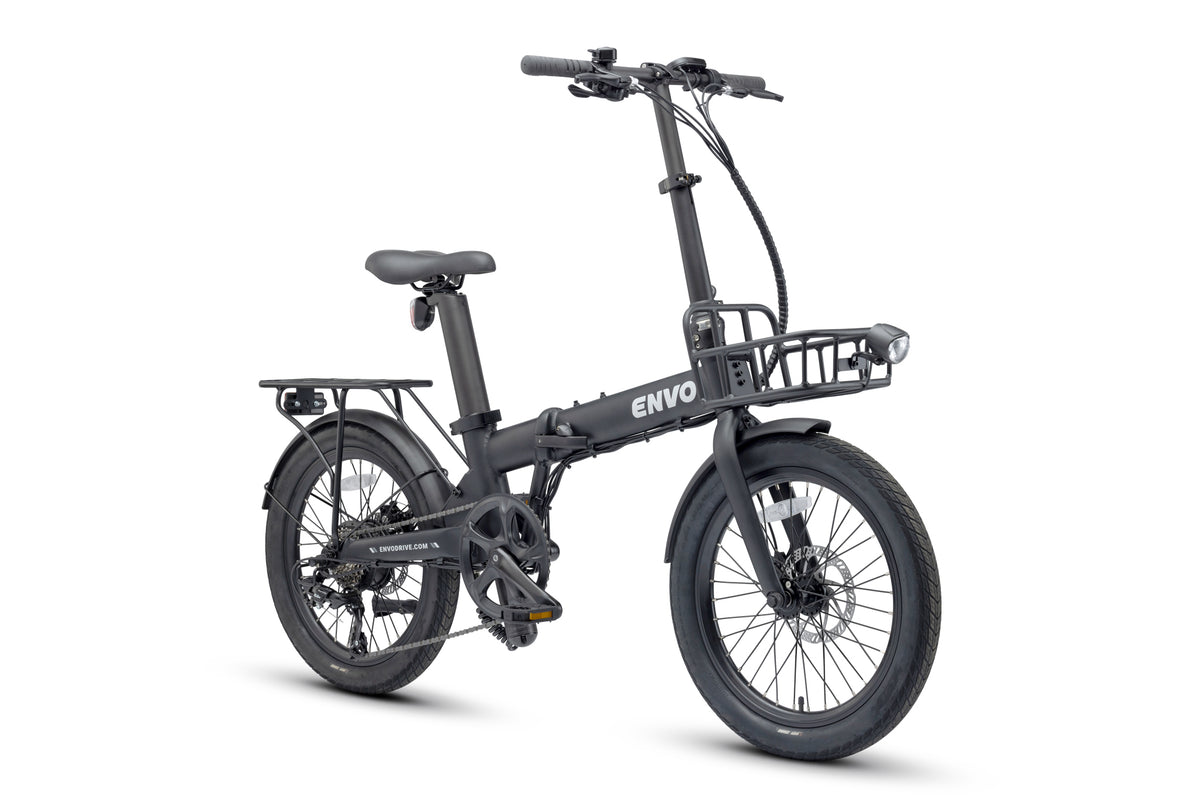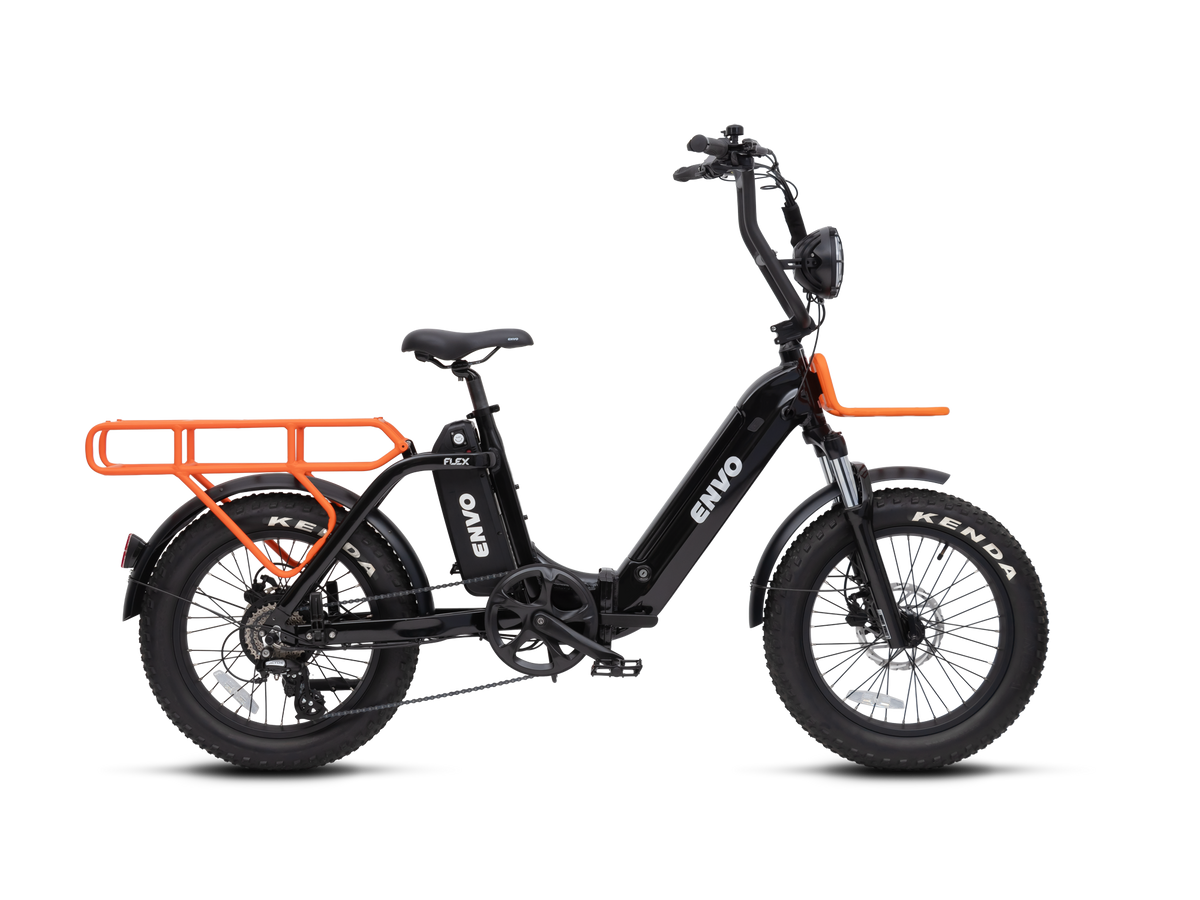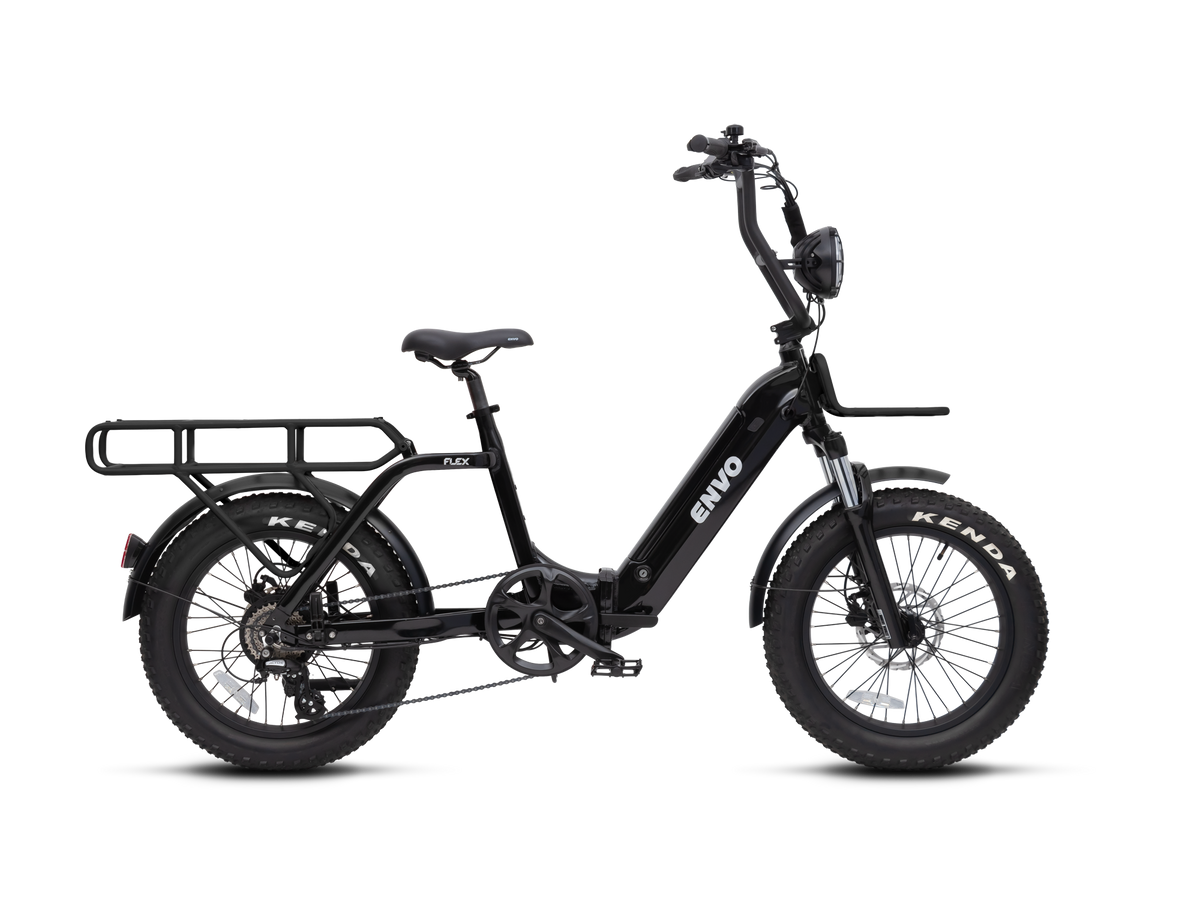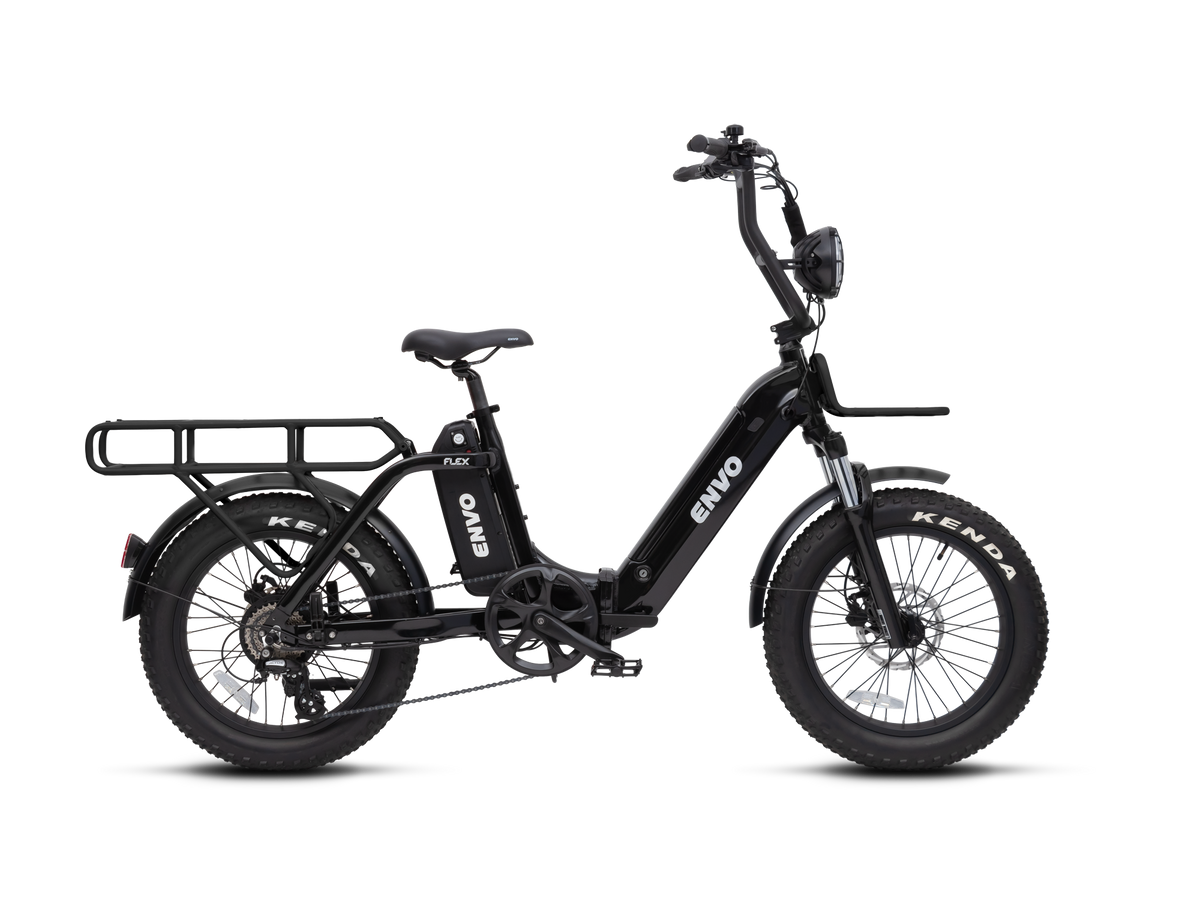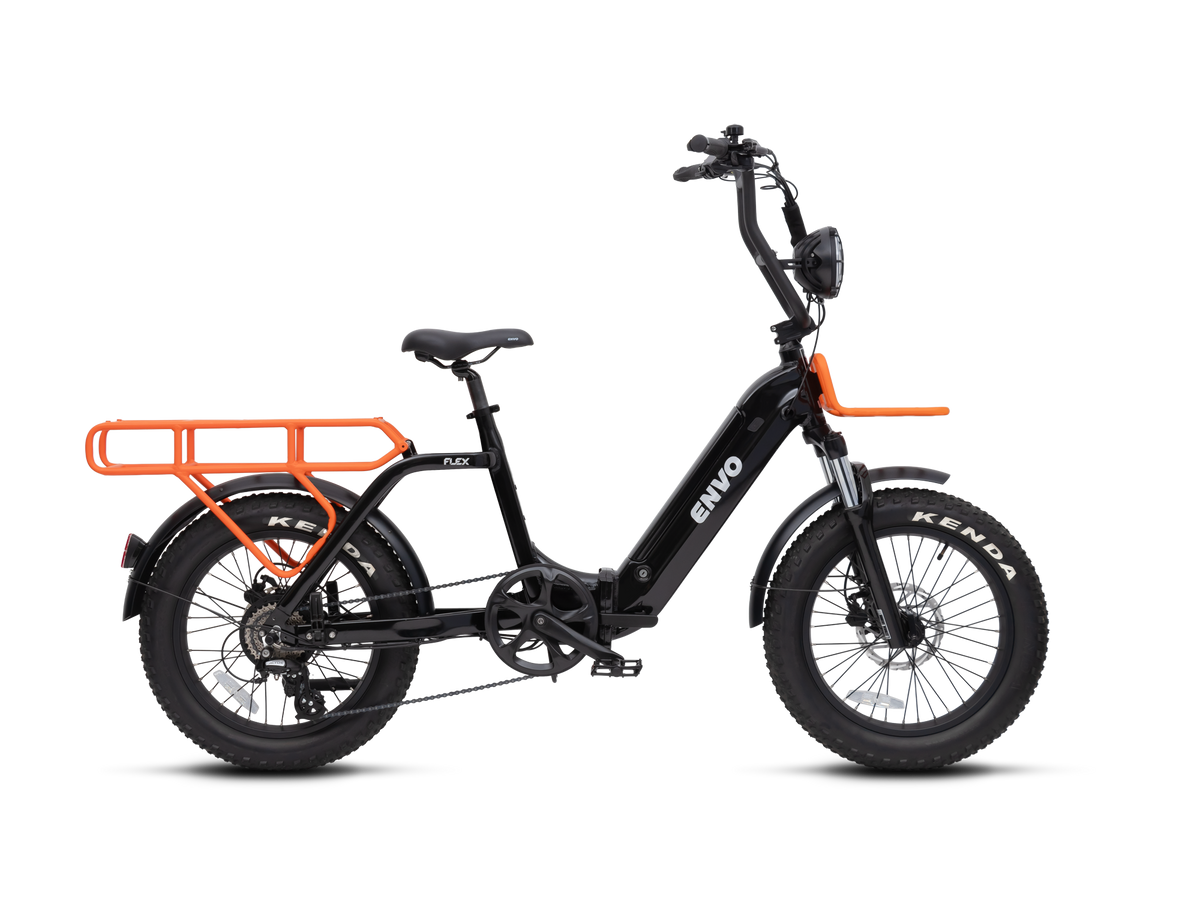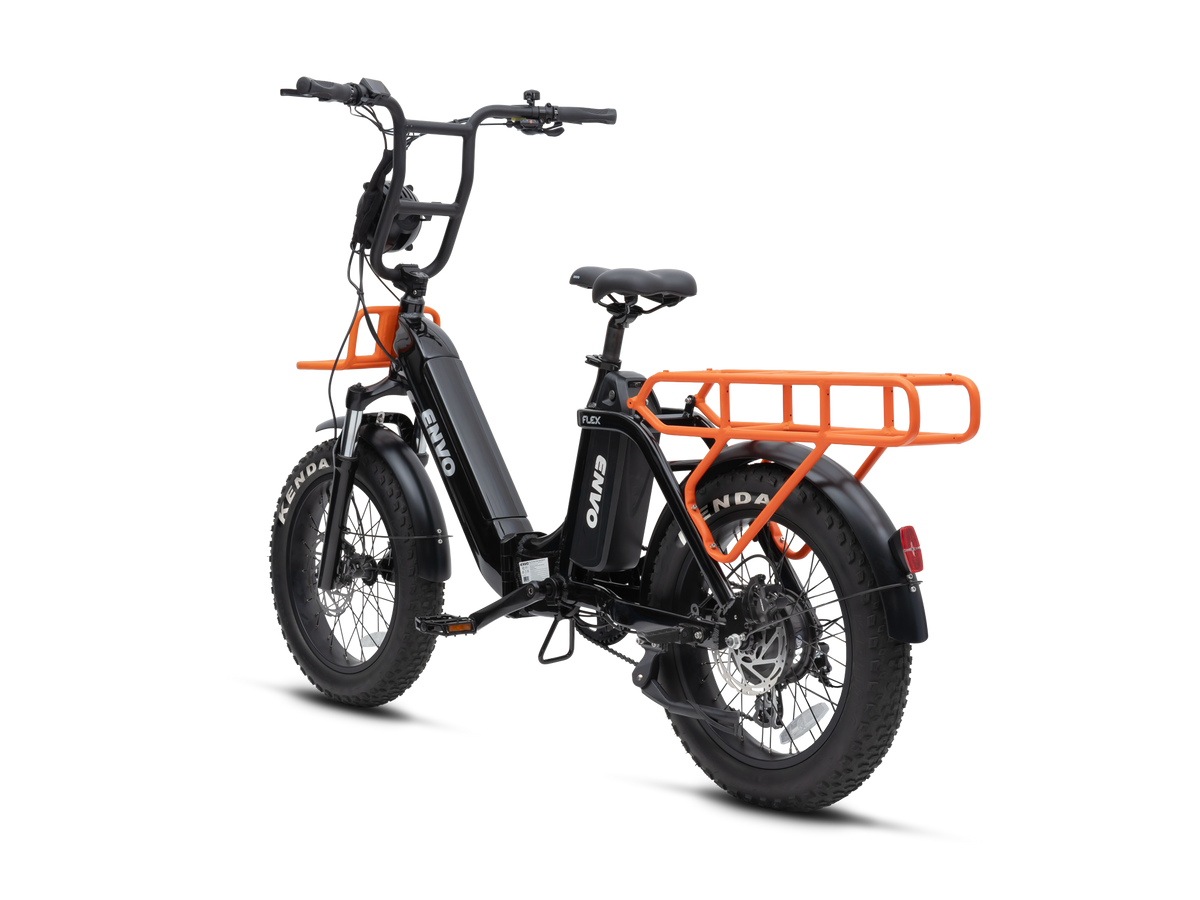By now, you've probably figured out that not all three-wheeled bikes—or trikes—are created equal. And if you’re a senior looking for your next ride, the stakes are a little higher. Stability, comfort, and ease of use aren’t just luxuries; they’re must-haves. But when it comes to stability, which trike design truly holds its ground? Enter the age-old debate: delta vs. tadpole.
Let’s break it down in terms that matter, minus the marketing fluff, and sprinkle in a little real-world engineering.
Delta Trikes: Upright, Familiar, But Not the Most Stable
Delta trikes feature two wheels in the back and one in the front. Think of it as the traditional tricycle design most of us grew up with. This layout offers a familiar seating position, easy step-through frame, and intuitive handling. For many seniors, it feels more like "just getting back on a bike."
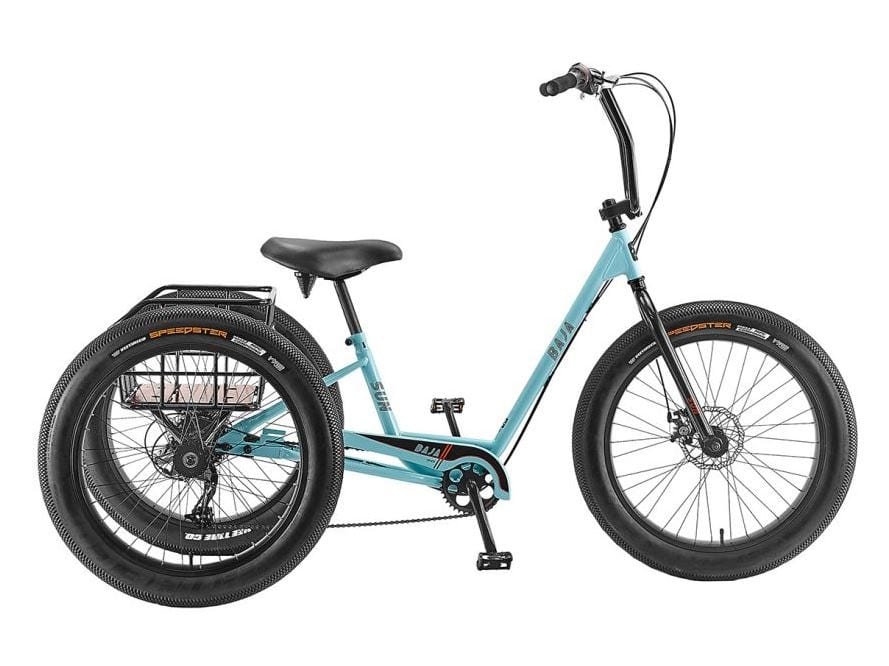
However, here’s where things get tricky. Delta trikes tend to be more prone to tipping, especially when turning at higher speeds or navigating uneven surfaces. With only one wheel upfront, the steering and weight distribution can feel a bit twitchy. You’ll often find yourself slowing down to take corners, and leaning into turns can be a balancing act—pun intended.
From a physics standpoint, delta trikes suffer from what's called oversteer instability in turns. When you corner, centrifugal force pulls your center of mass outward. With just one front wheel bearing the brunt of lateral forces, the trike's inside rear wheel often lifts off the ground, increasing the chance of a rollover.
That said, if you’re riding slow, sticking to flat, paved paths, and not planning to push your limits, delta trikes are still a decent option. Just don’t expect them to win any awards for turning at high speed.
Tadpole Trikes: Low and Steady Wins the Race
Now, let’s talk about tadpole trikes—the configuration with two wheels in the front and one in the back. This design flips the delta layout and completely transforms the ride experience.
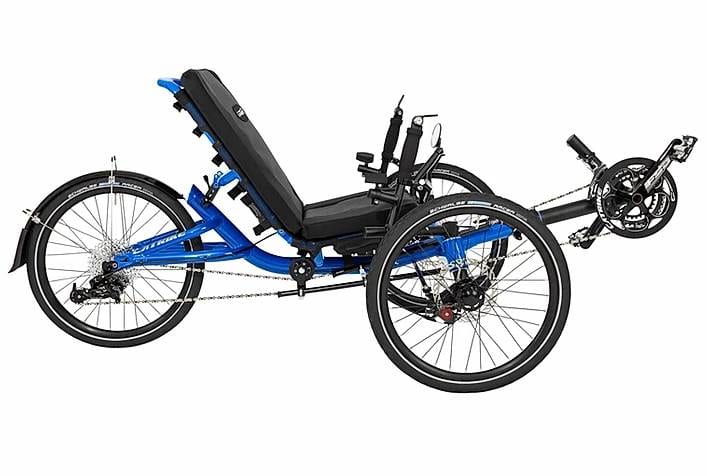
The dual wheels upfront mean better weight distribution and much more stable handling, especially when turning. You won’t feel like you’re going to topple over every time you lean into a corner. The lower center of gravity helps you feel grounded, and the wider front stance offers a more secure footprint.
The science here is simple: the triangle formed by the two front wheels and rear wheel creates a larger base of support in the direction of travel. When cornering, the lateral forces are absorbed more evenly across both front wheels, which reduces the tendency to tip.
But here’s the catch: most tadpole trikes are recumbent. That means you're sitting low to the ground with your legs stretched out in front of you. While it makes sense from an aerodynamic and performance standpoint, it’s not exactly senior-friendly. Getting in and out of a recumbent tadpole trike can feel like a yoga pose you didn't sign up for.
For seniors who value ease of access and upright posture, the traditional tadpole layout might seem like a deal-breaker.
ENVO Veemo: Tadpole Stability Meets Upright Comfort
And here’s where things get interesting. Meet the ENVO Veemo.

This electric-assist trike is a bit of an outlier—and that’s a good thing. The Veemo uses the tadpole configuration, giving it the superior stability of having two wheels in the front. But unlike most tadpole trikes, it features an upright seating position, much like a regular bicycle or mobility scooter. So you get all the benefits of better weight distribution and a lower risk of tipping, without needing to do a full-body stretch every time you get on or off.
From a senior's perspective, that means a safer, more comfortable, and more intuitive ride.
But the Veemo doesn’t stop there. Its front suspension system borrows more from the automotive world than the bicycle world. Traditional trikes often have rigid front forks or basic suspension systems that can feel jarring on anything less than perfect pavement. The Veemo’s suspension is engineered like a car's, soaking up bumps and potholes with ease and keeping the ride stable and smooth.
Here's why that matters: suspension systems don’t just cushion your ride—they enhance contact between the tires and the road. The Veemo's independent front suspension helps maintain consistent wheel contact, especially on uneven surfaces. That means better traction, reduced vibration, and ultimately, more control.
This kind of front-end engineering adds to the overall safety of the trike. With less bounce and wobble, you stay more in control. It’s a subtle but important distinction that many first-time trike buyers overlook.
So, Which Trike is the Most Stable?
If we’re talking purely about physics and handling dynamics, tadpole trikes win hands-down. The two wheels upfront layout offers superior cornering, better braking stability, and a more balanced center of gravity. But if the low seating position of traditional tadpoles turns you off, the Veemo is the standout exception—it delivers the stability of a tadpole with the comfort and accessibility of a delta.
It’s one of the few (if not only) trikes that really bridges the gap between performance and practicality for seniors.
Sure, wheel configuration plays a big role in trike stability. But don’t forget other critical factors like seat height, suspension design, and how easy it is to mount and dismount. For senior riders, those comfort factors aren’t just nice-to-haves—they’re essential.
The ENVO Veemo manages to check all those boxes. It’s a smart choice for riders who want the safest, most stable ride possible without compromising on comfort or ease of use.
Bottom line? If you're shopping for a trike that keeps you upright, comfortable, and in control, don't just look at how many wheels are in the front. Look at how the whole package comes together.
And in that respect, the Veemo is in a class of its own.

